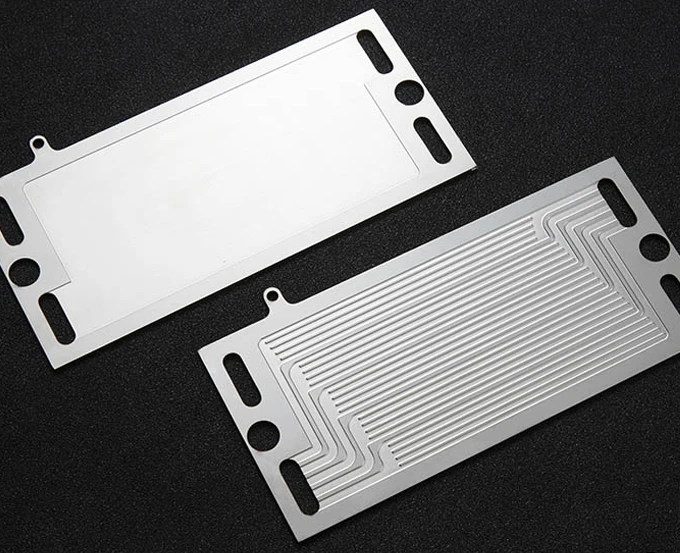Titanium can significantly enhance the performance and durability of Fuel Cells when used in the manufacturing of Bipolar Plates, making it an ideal choice for high-demand Fuel Cell applications. If you wish to explore the application and impact of titanium in Bipolar Plates further, continue your journey with TMN. This article will first introduce the characteristics of titanium materials, followed by an analysis of the differences between titanium Bipolar Plates and other types of Bipolar Plates.
High-Performance Metal – Titanium
Titanium is a silver-gray metallic material known for its high strength, low density, corrosion resistance, and biocompatibility, making it an important material in many high-performance applications. Titanium accounts for approximately 0.6% of the Earth’s crust, ranking as the ninth most abundant element in the crust and the fourth most abundant metal element, following aluminum, iron, and magnesium.
Although titanium is not a rare metal, it does not exist in pure form and is usually found in minerals such as rutile (TiO2) and ilmenite (FeTiO3). Extracting and purifying titanium requires a complex process, typically involving the Kroll process, where the ore is reduced to sponge titanium and then melted into titanium ingots. This complex extraction process leads to higher production costs for titanium but also ensures its purity and high performance.
Due to its unique properties, titanium has already been widely used in various fields. In the aerospace industry, titanium’s excellent strength-to-weight ratio and high-temperature resistance make it the preferred material for aircraft engines, airframe structures, and missile components. In the medical field, titanium is widely used to manufacture artificial joints, bone plates, and dental implants due to its good biocompatibility, becoming the gold standard for medical implant materials. Additionally, titanium performs exceptionally well in the chemical industry, where its corrosion resistance makes it indispensable for manufacturing acid and alkali-resistant containers, pipes, and heat exchangers.
With advances in science and technology, the application scope of titanium continues to expand. The development of titanium alloys has especially allowed it to gradually take a place in the automotive industry, where it is used to manufacture lightweight and high-strength body structures and engine components. Furthermore, in the energy sector, titanium’s excellent corrosion resistance and mechanical strength make it widely used in marine engineering and nuclear power equipment, providing crucial support for the sustainable development of energy.
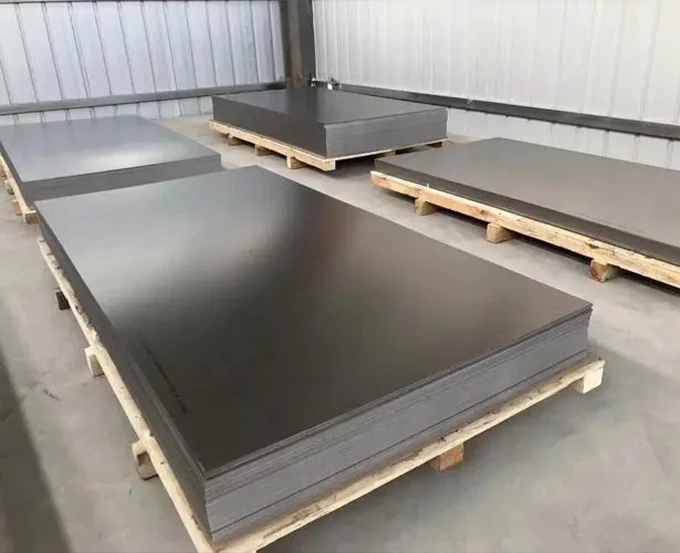
Characteristics and Limitations of Titanium
From the multi-angle introduction above, we understand that titanium is a high-performance metal material with many excellent characteristics, widely used in various fields. However, it also has certain limitations that restrict its broader application in some areas. Below is a detailed introduction to the characteristics and limitations of titanium:
Characteristics of Titanium:
1. High Strength and Low Density
Titanium has a density of 4.5 g/cm³, only 56% that of steel, yet its strength is twice that of steel. For example, the tensile strength of commercially pure titanium ranges from 240 to 550 MPa, while the tensile strength of titanium alloys can exceed 1100 MPa.
This combination of high strength and low density makes titanium very popular in the aerospace industry, as it can significantly reduce the weight of aircraft, thereby improving fuel efficiency.
2. Excellent Corrosion Resistance
Titanium has an extremely low corrosion rate in seawater, at just 0.003 mm per year, making it a commonly used material in marine engineering and shipbuilding.
Titanium also exhibits excellent corrosion resistance in chlorine and other corrosive chemicals. For example, in concentrated nitric acid, its corrosion rate is only 0.0025 mm per year.
3. High Temperature Resistance
Titanium has a high melting point of 1668°C and can retain most of its strength even above 600°C, making it suitable for critical engine components.
4. Biocompatibility
The biocompatibility of titanium is widely utilized in medical implants. In hip replacement surgeries, patients with titanium implants have a survival rate of over 90% after five years, and due to its good biocompatibility, there is a very low immune response and rejection rate in patients.
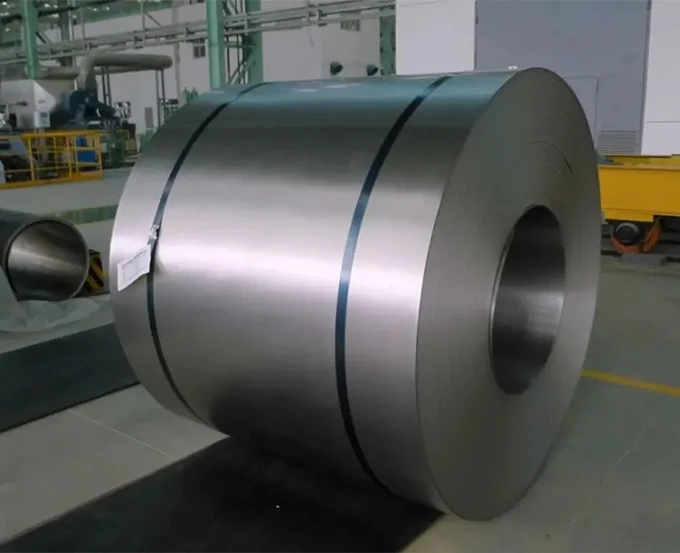
Limitations of Titanium:
1. High Production and Manufacturing Costs
The production cost of titanium is relatively high, primarily due to its complex extraction and refining processes. The production cost of titanium is about 5 to 7 USD per kilogram, while the production cost of steel is only 0.5 to 1 USD per kilogram.
The melting temperature of titanium is also high, typically requiring 3,000 kWh/ton of energy, whereas steel melting requires only 500 kWh/ton, further increasing the production cost of titanium.
2. Processing Difficulty
The processing speed of titanium is about 50% that of steel, and the tool life is usually only 20-30% of that in steel processing, which significantly increases the processing cost of titanium.
3. Welding Difficulty
When welding titanium, if the oxygen content in the environment exceeds 50 ppm or the nitrogen content exceeds 25 ppm, the brittleness of the welded parts will significantly increase, affecting the quality of the weld. Therefore, titanium welding usually needs to be conducted in a highly controlled inert gas environment, which adds to the complexity and cost of welding.
What is the Impact of Titanium on the Manufacturing of Bipolar Plates?
In practical applications, Bipolar Plates must withstand complex working environments, especially the corrosive environment and high-temperature pressure found in Fuel Cells. Therefore, the choice of materials is critical. Compared to traditional stainless steel Bipolar Plates, titanium Bipolar Plates offer significant advantages in this regard, allowing them to stand out gradually.
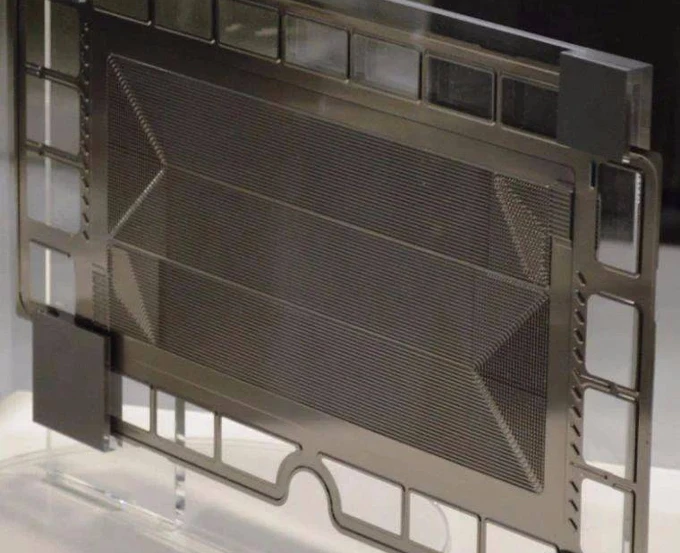
Advantages of Titanium Bipolar Plates Compared to Stainless Steel Bipolar Plates
1. Corrosion Resistance
In the operating environment of Fuel Cells, Bipolar Plates need to endure corrosive conditions such as acidic electrolytes and redox reactions. While stainless steel Bipolar Plates have a certain degree of corrosion resistance, they can still corrode over time, especially in environments containing chloride ions, which can lead to pitting or intergranular corrosion.
In contrast, titanium exhibits superior corrosion resistance, particularly in acidic and oxidizing media. Titanium Bipolar Plates can maintain stable performance over the long term, which not only effectively extends the lifespan of Fuel Cells but also reduces the frequency of maintenance, ensuring the long-term reliable operation of the system.
2. High Strength and Low Density
The strength-to-weight ratio of titanium is another significant advantage in Fuel Cell Bipolar Plates. Although stainless steel offers high strength, its greater density increases the weight of the Fuel Cells, thereby affecting the energy density and efficiency of the Fuel Cells. Titanium’s density is only 56% that of stainless steel, providing equivalent or even greater strength while significantly reducing the weight of the Bipolar Plates.
For Fuel Cells that prioritize high energy density and lightweight design, the use of titanium Bipolar Plates not only improves overall efficiency but also enhances the portability and adaptability of the equipment, making them particularly promising for mobile applications and aerospace.
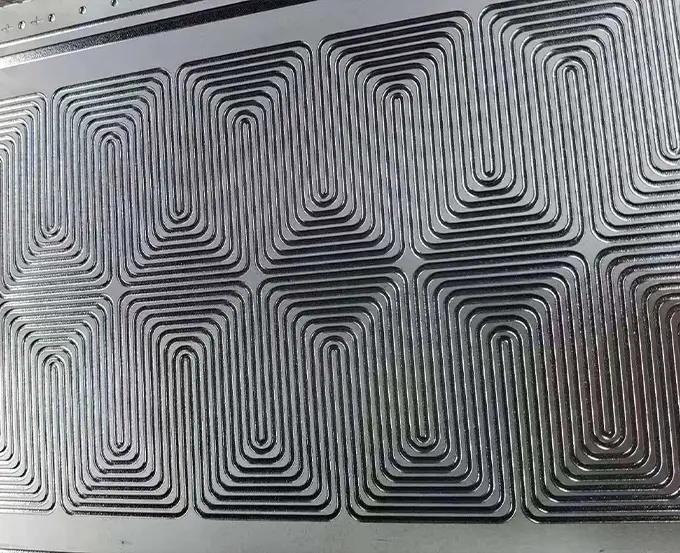
3. Conductivity
In Fuel Cells, the conductivity of Bipolar Plates directly affects the output performance of the cell. Although stainless steel has relatively high conductivity, its surface can easily form an oxide layer, which can negatively impact conductivity.
Titanium’s conductivity is slightly lower than that of stainless steel, but through appropriate surface treatments, such as platinum or nickel plating, its conductivity can be significantly enhanced while also preventing the formation of oxide layers. Therefore, with proper surface treatment, titanium Bipolar Plates can achieve excellent conductivity and ensure long-term stable electrochemical performance, thereby ensuring the efficient operation of Fuel Cells.
4. Manufacturing Process Difficulty
Titanium is more challenging to process, primarily due to its high strength and high melting point, which pose challenges for machining and welding. In contrast, stainless steel Bipolar Plates are widely used in the market, with relatively mature manufacturing processes. Most manufacturers use traditional machining methods, which contributes to the significantly higher manufacturing costs of titanium Bipolar Plates.
However, the challenges of processing titanium Bipolar Plates are not insurmountable. The application of photochemical etching offers an efficient and feasible path for processing titanium materials. This precise technique ensures high accuracy and consistency while overcoming the difficulties of working with titanium, effectively reducing production costs and improving manufacturing efficiency.
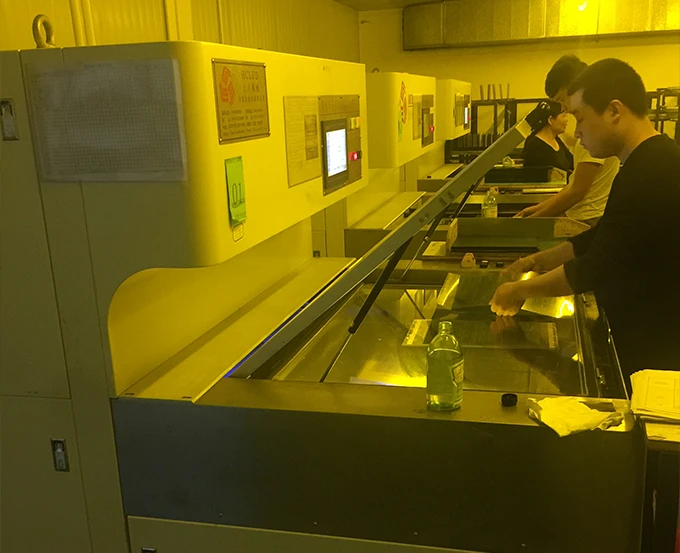
Solution for the Difficulty in Processing Titanium: Photochemical Etching Process
Advantages of Photochemical Etching
Photochemical etching is a non-contact processing method that uses photosensitive materials and chemical etching solutions to precisely remove material layers from the surface of titanium. This process can not only handle complex geometries but also ensure high precision and consistency, avoiding the tool wear issues common in traditional machining. Additionally, since this process does not directly contact the material, it better preserves the surface properties of titanium, maintaining its original mechanical and chemical performance.
Reducing Manufacturing Costs and Improving Processing Precision
The photochemical etching process effectively controls the cost of processing titanium. This technique operates under low-temperature conditions, reducing energy consumption while avoiding oxidation issues that occur at high temperatures. Furthermore, photochemical etching enables micron-level precision, significantly enhancing the surface smoothness and shape accuracy of titanium Bipolar Plates, thereby improving the overall performance of the Bipolar Plates.
Enabling Complex Structural Designs
The flexibility of the photochemical etching process is also reflected in its ability to easily and quickly achieve complex structural designs while maintaining high precision. This is particularly important for the flow field design of Bipolar Plates in Fuel Cells. If your project is in the R&D stage and requires multiple adjustments to the flow channels, this process allows for rapid iterations of Bipolar Plate designs at lower costs and shorter cycles. This efficient processing method not only saves development time but also ensures that each design adjustment is precisely executed, providing strong support for your R&D projects.
Professional Technical Support from TMN
TMN is a professional manufacturer with over ten years of experience in photochemical etching, recognized as a leader in the industry due to its advanced technology and extensive etching service experience. The company operates a facility of over 4,000 square meters, equipped with five fully automated photochemical etching production lines exceeding 39 meters in length, and an independent large metal warehouse, ensuring efficiency and stability in the production process. In addition to its sophisticated photochemical etching process, TMN also offers secondary processing technologies such as surface treatment and laser welding, providing comprehensive solutions to meet various complex processing needs.
If you are not familiar with photochemical etching or have specific manufacturing needs for Bipolar Plates, feel free to contact us via phone, WeChat, or WhatsApp at +8613603056883, or by email at lydia.sales1@tmnetch.com
Note: Learn more about TMN>>>
Read more:
Why is corrosion resistance important for bipolar plates?
What is the significance of Titanium in the manufacture of Bipolar plates?
Photo Etching: Impact on the development of PEM fuel cells for electric vehicles

